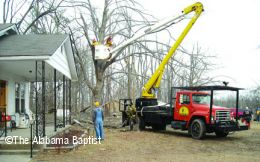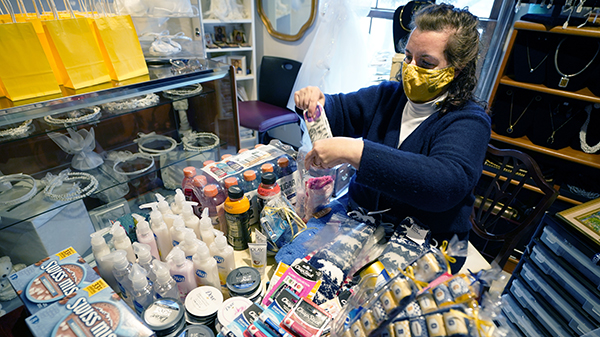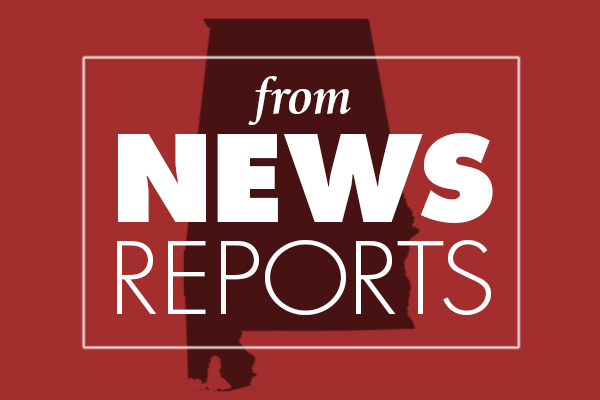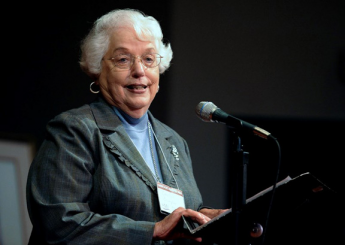Blue and yellow hard hats can be seen along eight West Virginia counties’ roads and streets — hats worn by Southern Baptist Disaster Relief (SBDR) volunteers. Engaged in recovery assessment, the SBDR response teams are making their way through communities that were under water just days prior, answering calls for help from numerous West Virginians left without power, vehicles and even homes.
On June 23 torrential rains hit West Virginia, causing flooding that claimed at least 24 lives and more than 100 homes. More than 30,000 homes and businesses lost power.
The Federal Emergency Management Agency (FEMA) described the flooding as a “historic” tragedy and applauded the continued efforts of relief response teams such as the American Red Cross and various SBDR units, as reported by the Associated Press.
West Virginia Gov. Earl Ray Tomblin announced that FEMA will expand federal funding to eight counties: Fayette, Clay, Roane, Summers, Monroe, Greenbrier, Kanawha and Nicholas.
Though the opportunity to receive federal funds can help rebuild the demolished communities, the clean-up and recovery process has already begun, with funding a priority for SBDR volunteers as they serve survivors.
Danny Rumple, West Virginia Baptist Convention DR ministry director, said, “We’re going to need blue and yellow hats into the foreseeable future.”
Several SBDR units were mobilized immediately on June 25 after state and federal officials identified West Virginia’s disaster areas. Search and rescue teams also were deployed and continued their work June 30. As of June 29, SBDR response teams were ready to conduct recovery assessment of homes and businesses across the affected counties.
As of press time, Alabama teams had not been activated to respond through the SBDR network, according to Mel Johnson, outgoing DR strategist for the Alabama Baptist State Board of Missions.
“Alabama remains at the ready to respond if assessments determine additional resources and personnel are needed to support the states currently tasked with ministry efforts for communities impacted,” he said.
Bill Johnson, who is managing relief efforts in Greenbrier County on behalf of the North American Mission Board, reported that more than 40 work orders already were submitted for repairs.
Bill Johnson estimates more than 100 work orders will be submitted by July 9. His estimates are based on 400 residence work orders already sent to command centers currently manned by 75 SBDR volunteers from West Virginia, Kentucky, North Carolina, Ohio and the Southern Baptist Conservatives of Virginia.
Bill Johnson and Rumple both agreed that donations would help sustain the long-term clean-up and recovery process that looms ahead for West Virginia.
Need for feeding
“The area of greatest need for residents in Greenbrier County is feeding,” said Bill Johnson, who currently oversees the feeding of displaced West Virginians in Greenbriar County. The SBDR teams supply two meals a day to each person who comes for help. “They have nowhere else to go.”
SBDR teams will continue to provide feeding, recovery, medical and mud-out units in the affected West Virginia counties for at least three to four weeks, Bill Johnson said. (BP, TAB)
To learn more about how to help, contact the State Board of Missions at 1-800-264-1225 or go to www.donations.namb.net/dr-donations.





Share with others: